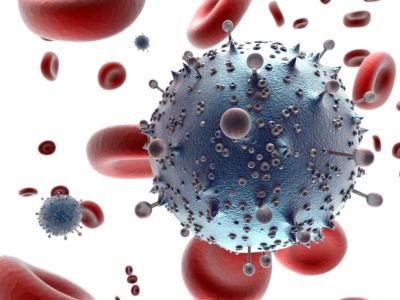Live monitoring of cancer treatment

Live monitoring of cancer treatment
Control of the evolution of tumour physiology in response to treatment is necessary for successful therapy. Optical technologies are emerging as promising tools for early and frequent monitoring.
Diffuse optical spectroscopy (DOS) and diffuse correlation spectroscopy
(DCS) are optical techniques that can be used to study physiological
changes in tumours. The EU-funded 'Noninvasive monitoring of blood flow
and oxygen dynamics as biomarkers in cancer tumours' (MOBODICT) project
used these techniques to study haemoglobin concentration, oxygenation
and blood flow in biological tissues in vivo.
Researchers developed a non-contact system to study the experimental
therapies on implanted tumours in mice. This system allowed monitoring
of physiological changes in tumours after therapy without the need to
sacrifice animals at several time points.
A developed Monte Carlo simulation package for light transport aided
the analysis and design of the optical systems. The code was
particularly designed to allow simulation of both DCS and broadband or
time-resolved DOS in arbitrary geometries (e.g. from magnetic resonance
imaging).
It is known that malignant tumours attract the formation of new and
chaotic blood vessels via a complex process called angiogenesis. This
has been used for the development of treatment methods that rely on the
inhibition of angiogenesis to suppress tumour growth. However, despite
initial successful inhibition of angiogenesis, tumours may adapt and
regain angiogenesis so that they can grow again.
MOBODICT researchers used optical tools to study anti-angiogenic
therapy on renal cell carcinoma in mice to obtain important insight into
the mechanics of this therapy approach. They investigated the
possibility of detecting initial signs of emerging therapy resistance.
In the final stage, they explored the application of these techniques in
superficial cancers in the neck region.
published: 2015-02-03